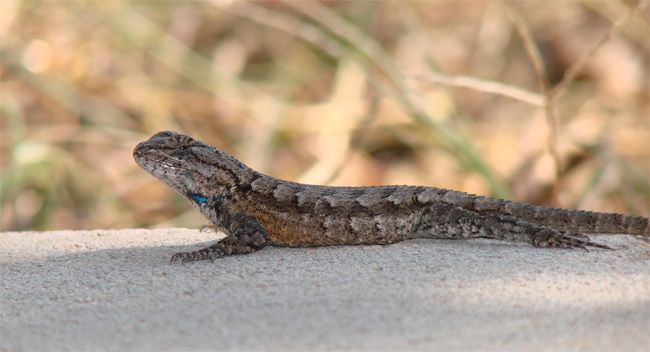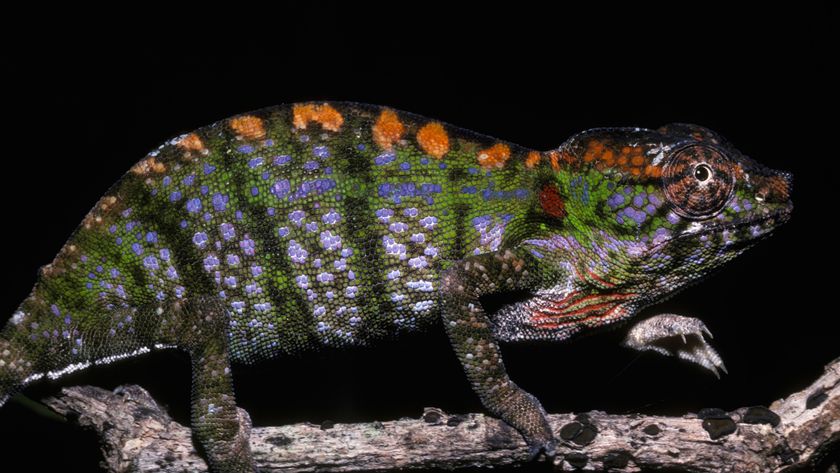For Lizards with Ant Problems, Stress Can Be a Savior

Stress may cause harm in the long run, but it can also trigger an immediate survival reaction for lizards when they encounter the painful stings of fire ants.
That balance between harmful and helpful stress may affect lizard evolution as new threats emerge in their southeastern U.S. environment, according to researchers.
Fence lizards with higher stress levels behaved by flicking the attacking insects away and running, while lizards with less stress merely froze and took the punishment. The twitchy lizards appear more likely to survive and pass on their stressed-out response, said Tracy Langkilde, assistant professor of biology at Penn State University.
"We know that higher stress makes you more likely to respond to subsequent threats – think about how people are more likely to overreact to something going wrong if they're already stressed," Langkilde said.
Blood samples from wild lizards showed that those living in a fire ant-invaded area had higher stress hormone levels than lizards living in an area free from the stinging insects. That may illustrate how stress shapes lizard evolution as the environment changes, Langkilde noted.
Walking the edge
The stress response typically works by mobilizing the body's energy for fight or flight, which may ensure escape from a predator or an otherwise scary situation.
Sign up for the Live Science daily newsletter now
Get the world’s most fascinating discoveries delivered straight to your inbox.
But continuous stress can suppress immune function, lower reproductive output and reduce growth rates. That makes stress a double-edged sword over time.
"Any threatening situation will trigger stress hormones," Langkilde told LiveScience. "In natural populations, lizards face a variety of stressors including natural predators, drought, and conflict with neighboring lizards over territories."
Lizards unused to fire ants may freeze as an instinctual reaction to the threat of predators – something that typically works well for escaping attention, except not when confronted by an approaching ant swarm.
But Langkilde found that artificially boosting the stress levels of those naïve lizards made them respond just like the twitchy lizards already used to fire ants.
Striking a balance
Whether or not stress will help or harm animals deal with new environmental threats seems to depend on the circumstances.
Long-term threats such as tourism, habitat loss and pollution may lead to higher stress levels that drain energy from activities such as growing, maintaining a strong immune system and reproducing. Yet short-term stress proves helpful in some cases, such as when dealing with aggressive fire ants.
Langkilde wants to look closer at the tradeoffs by investigating the negative effects of stress on lizards in areas with fire ants.
For instance, some lizards may be more sensitive to stress compounds such as adrenaline that trigger a rapid behavioral response. But they might have adapted by reducing the number of stress hormone receptors, so that they suffer less from the costs of high-stress hormone levels needed to react appropriately to the fire ant threat.
"We may expect that there would be selection for lizards to be able to reap the benefits of this stress while reducing the costs," Langkilde said.
- 25 Amazing Ancient Beasts
- World's Cutest Baby Wild Animals
- Ancient Cat-sized Reptiles Lived in Antarctica












